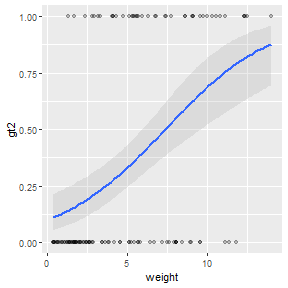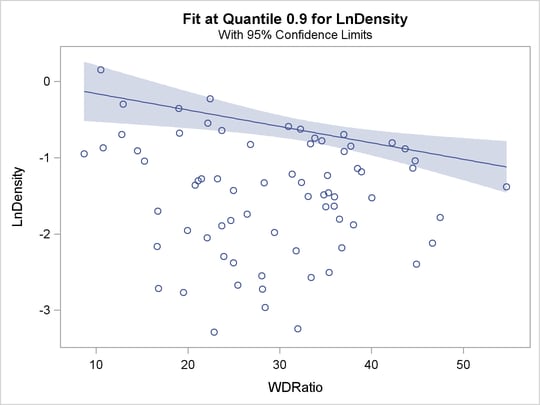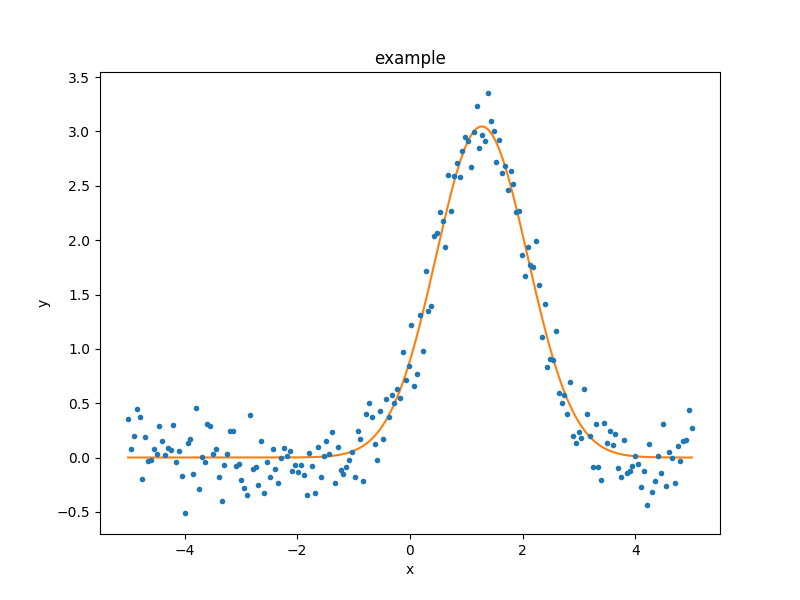
Users can also specify custom distributions through a user defined distribution option. SODA allows users to select the distribution type and parameter values for all of the input variables used to perform the dose calculation. Rather than producing a point estimate of the dose, SODA produces a dose distribution result to allow a deeper understanding of the dose potential.
FITPLOT R9 PORTABLE
Idaho State University, in collaboration with Idaho National Laboratory, has developed a portable and simple to use software application called SODA (Stochastic Objective Decision-Aide) that stochastically calculates the radiation dose distribution associated with hypothetical radiological material release scenarios. Unmitigated design basis events that sufficiently challenge dose evaluation guidelines or exceed the guidelines for members of the public or workers, merit selection of safety structures, systems, or components or other controls to prevent or mitigate the hazard. Department of Energy use unmitigated hazard evaluations to determine if potential radiological doses associated with design basis events challenge or exceed dose evaluation guidelines. Plot(fit, cex= 1.2, axis= TRUE, bg = rgb( 1, 1, 1, 0.Nonreactor nuclear facilities operating under the approval authority of the U.S.

Points(ord, display = "sites", col = as.numeric (Moisture), pch= 16 ) Ordispider(ord, Moisture, col= "skyblue" ) # Class variables, formula interface, and displaying the # inter-class variability with `ordispider', and semitransparent # white background for labels (semitransparent colours are not # supported by all graphics devices) data(dune)įit <- envfit(ord ~ Moisture + A1, dune.env, perm = 0 ) # 'scaling' must be set similarly in envfit and in ordination plot plot(ord, type = "p", scaling = "sites" )įit <- envfit(ord, varechem, perm = 0, display = "lc", scaling = "sites" ) We use "lc" scores, and hope # that arrows are scaled similarly in cca and envfit plots ord <- cca(varespec ~ Al + P + K, varechem)įit <- envfit(ord, varechem, perm = 999, display = "lc" ) (fit <- envfit(ord, varechem, perm = 999 )) The centroids of the fitted environmental variables.Ī better alternative to vectors may be ordisurf. Returns either the fitted vectors scaled by correlation coefficient or The results can be accessed with scores.envfit function which For similar scaling of arrows, you mustĮxplicitly set the arrow.mul argument in the plot The lengths of arrows for fitted vectors are automatically adjustedįor the physical size of the plot, and the arrow lengths cannot beĬompared across plots. Similarity between fitted vectors and biplot arrows, you should set The weighted fitting gives similar results to biplot In practise this means thatĮqual weights to all sites, you should set w = NULL. User can supply a vector of prior weights w. See permutations for additional details on $ss_w$ and $ss_t$ are within-group and total sums of The goodness of fit statistic is squared correlation coefficientįor factors this is defined as $r^2 = 1 - ss_w/ss_t$, where Or factors is assessed using permutation of environmental variables. If permutations $> 0$, the `significance' of fitted vectors Function factorfit finds averages of ordination Which they have maximal correlations with the ordinationĬonfiguration. Towards which the environmental vectors change most rapidly and to OrdiArrowMul(result_of_envfit), and set it with theįunctions vectorfit and factorfit can be called directly.įunction vectorfit finds directions in the ordination space Keep the relative r2-scaled lengths of the arrows but tries The plotted (and scaled) arrows are furtherĪdjusted to the current graph using a constant multiplier: this will You can see the scaled relative lengths using command weak predictors have shorter arrows than strong In plot these are scaled by theirĬorrelation (square root of the column r2) so that The printed output of continuous variables (vectors) gives theĭirection cosines which are the coordinates of the heads of unit a) must be set in the same way inĮnvfit and in the plot or the ordination results (see Models only apply to the results defined when extracting the scores

The ordination results are extracted with scores andĪll extra arguments are passed to the scores. Only the main effects will be analysed even if interaction

Used for easier selection and/or transformation of environmental The left hand side must be an ordination result object or a matrix of Model can be defined a simplified model formula, where Results of vectorfit and envfit as items.Function plot.envfit scales the vectors by correlation.įunction envfit finds vectors or factor averages ofĮnvironmental variables. The result object have the following items:Function envfit returns a list of class envfit with Functions vectorfit and factorfit return lists ofĬlasses vectorfit and factorfit which have a


 0 kommentar(er)
0 kommentar(er)
